Over the course of years, I’ve observed countless archers, from eager novices to seasoned competitors, all aiming to perfect their craft. One fundamental truth I emphasize time and again is the critical importance of matching your arrows to your bow.
It’s a symbiotic relationship that goes beyond mere preference; it’s about physics, safety, and the fine line between a miss and a bullseye. Let’s discuss why this match is not just beneficial but essential for every archer’s arsenal.
The Impact on Accuracy
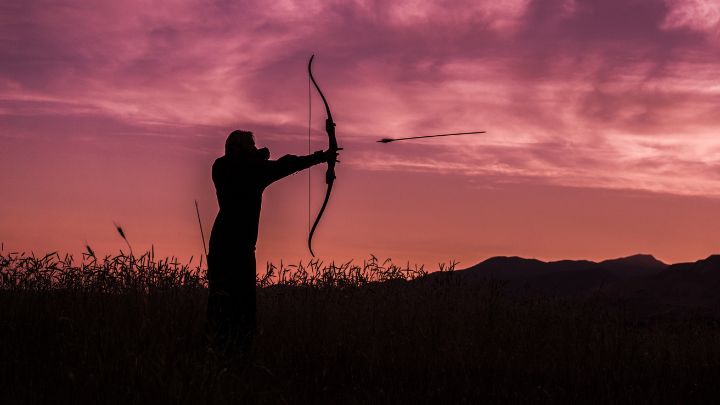
When selecting arrows, their spine, or stiffness, plays a pivotal role in how well they will perform with a particular bow. An arrow that is too flexible (under-spined) or too rigid (over-spined) can veer off course, leading to inconsistent shooting.
An under-spined one will absorb too much energy, bending excessively and potentially colliding with the bow. Conversely, an over-spined arrow will not absorb enough, resulting in a flight path that is difficult to predict. Therefore, the correct spine is necessary to ensure that it flies true to the target.
Weight and Its Effects
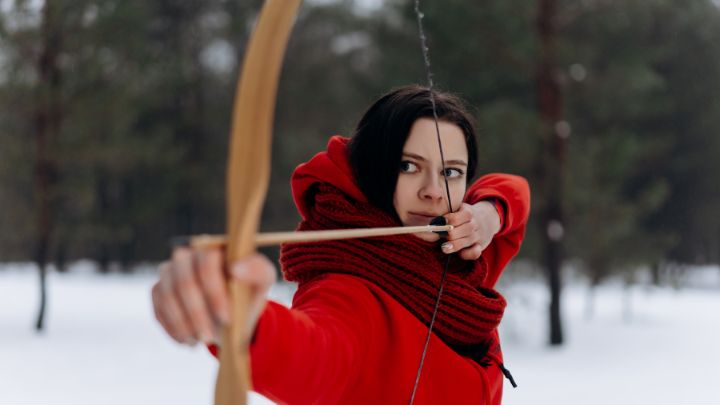
The mass of the arrow is another factor that can significantly affect accuracy. Heavier arrows carry more momentum, which can be beneficial for penetration but may reduce speed and trajectory, impacting the aiming process.
Lighter arrows, while faster, can be more susceptible to external influences such as wind. They also may not have the mass required to absorb all the energy from a high-powered bow, leading to a phenomenon known as “dry firing,” which can damage the bow and endanger the archer.
Matching arrow weight to the draw weight of the bow is thus essential for maintaining precision.
The Importance of Length
The length of an arrow must be compatible with the draw length of the archer and the bow’s specifications. If it is too short, it risks slipping off the rest at full draw, which is unsafe.
If it’s too long, it may not provide the stiffness required for the energy transfer from the bow to the arrow. Properly measured arrows ensure they are neither a safety risk nor a detriment to accuracy.
The Safety Considerations

1. The Hazard of Mismatched Equipment
Archery equipment that is not properly matched can lead to dangerous situations. A bow that is too powerful for the selected arrows can cause them to snap upon release, potentially causing injury to the archer or bystanders.
Similarly, an arrow that is too long or too heavy for the bow can damage the equipment or fail to clear the bow upon release, again posing a safety hazard. Safety must always be the paramount consideration when matching arrows to a bow.
2. Stress on Archery Equipment
Mismatched arrows can exert undue stress on a bow. When an arrow is too light or too stiff, the energy from the bow has nowhere to go, which can lead to limb damage or string breakage.
This not only shortens the lifespan of the bow but also can lead to failure during use, endangering the archer. Properly matched arrows ensure that the bow’s force is effectively transferred to the arrow, reducing wear and tear on the bow and preventing malfunction.
3. Injury Risks to the Archer
Inappropriate arrow selection can increase the risk of injury to the archer. An over-spined arrow may not flex properly, causing it to leave the bow erratically and increasing the risk of the archer losing control.
Under-spined arrows, on the other hand, may flex too much and come into contact with the archer’s arm or the bow itself, which can lead to cuts or bruises. Ensuring that arrows are well-matched to the bow decreases these risks, leading to a safer shooting experience.
Enhancing Overall Performance
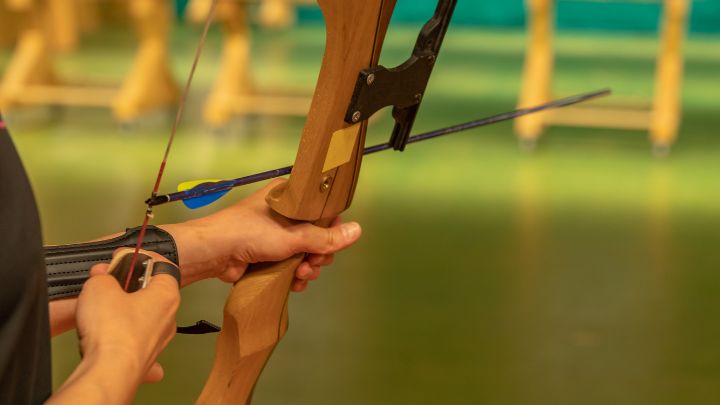
Maximizing Energy Transfer
The synergy between a bow and its arrow is critical in maximizing energy transfer. An ideal match means that the stored energy in the bow’s limbs is efficiently transferred to the arrow upon release, with minimal energy lost as heat or vibration.
This efficient transfer not only propels the arrow at optimal speed and force but also contributes to the longevity of the bow by reducing unnecessary strain on its components.
Consistency in Shooting
Consistent performance is the hallmark of a skilled archer. This is significantly influenced by using the right arrows. When arrows are consistently matched to the bow, each release feels the same, and the results are more predictable.
This consistency builds the archer’s confidence and ability to replicate successful shots, which is particularly important in competitive settings where precision is paramount.
Optimizing Flight Path and Penetration
An arrow must maintain a stable flight path to achieve the desired accuracy and penetration upon hitting the target. The right spine, length, and weight of an arrow tailored to the bow’s specifications mean that the arrow will spin correctly, stay on course, and penetrate deeply.
This optimal performance is critical whether the archer’s goal is target shooting or hunting.
The Technical Aspects
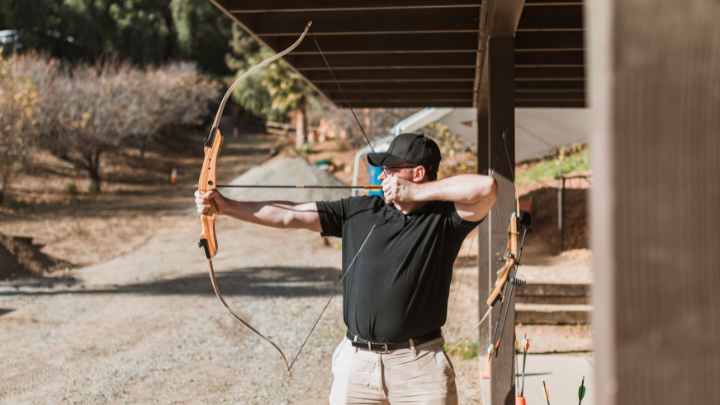
Matching Arrows to Bow Draw Weight
- Draw weight refers to the amount of force required to pull the bowstring to a certain distance. It directly influences the spine of the arrow needed.
- Arrows come with a spine rating that indicates their stiffness. A higher draw weight requires a stiffer arrow spine to handle the increased energy.
Finding the Right Arrow Spine
- Manufacturers provide charts correlating arrow spine to bow draw weight, which should be consulted during the selection process.
- Testing different spines with your bow is a practical way to identify the best match.
The Balancing Act Weight
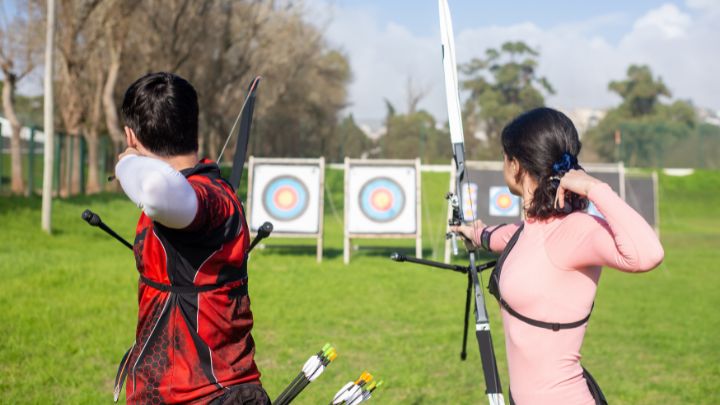
How Arrow Weight Influences Performance
- A heavier arrow absorbs more energy, which can enhance penetration but may reduce speed.
- A lighter one increases speed but can be less stable and have less impact power.
Selecting the Appropriate Weight
- Balance is key; the goal is to find an arrow that is not too heavy to compromise speed nor too light to affect stability and penetration.
- Trial and error, along with manufacturer recommendations, can aid in selecting the optimal weight.
Fine-Tuning with Length
The Correlation Between Arrow Length and Draw Length
- The arrow length must be slightly longer than the archer’s draw length to ensure safety and proper clearance from the bow.
- Arrows that are too long can flex excessively, reducing accuracy and power.
Determining the Ideal Length
- The archer’s draw length is the starting point for selecting arrow length.
- A professional fitting at an archery store or using a draw-length calculator can provide a precise measurement.
The Practical Implications
Precision in Competitive Archery
- In competitive settings, a fraction of an inch can be the difference between victory and defeat, making the perfect bow-arrow match critical.
- Consistent equipment leads to consistent performance, a requirement for competitive success.
Equipment Regulations and Standards
- Competitive archery often has specific regulations regarding equipment, including arrow dimensions and weights, ensuring fairness and safety.
- Adhering to these standards is not only mandatory but also a strategic factor in competitive performance.
The Role in Hunting
The Importance of Arrow Selection in Hunting
- When hunting, the right arrow, alongside other essentials, can ensure a humane and ethical kill by providing adequate penetration and impact.
- Hunters must consider the game size, bow draw weight, and hunting conditions when selecting arrows.
Ethical Considerations and Equipment Efficacy
- Ethical hunting requires equipment that can deliver a quick, humane kill. Therefore, the bow and arrow must be well-suited to the task.
- Matching arrows to the bow enhances the likelihood of a successful and ethical hunt by maximizing the efficacy of the equipment.
A Journey in Traditional Archery
Traditional Archery and Arrow Matching
- Traditional archery emphasizes the connection between the archer, bow, and arrow, making the matching process even more personal.
- The natural materials used in traditional archery can vary widely, necessitating careful selection to ensure compatibility.
The Art of Crafting and Selecting Traditional Arrows
- Many traditional archers craft their own arrows, which allows for a customized match to their bow’s draw weight and their shooting style.
- Selecting the right wood, fletching, and arrowhead is a process that requires knowledge, experience, and attention to detail.
FAQs
How often should I re-evaluate my arrow and bow match?
Re-evaluating this match should be done whenever there are changes to your bow’s setup, such as a change in draw weight, string replacement, or even after significant changes in your shooting technique.
Additionally, it’s wise to assess the match at the beginning of each season, as environmental factors and equipment wear can influence performance.
Can weather conditions affect how my arrows match with my bow?
Yes. Humidity can affect the stiffness of the arrow’s spine and the tension of the bowstring. Temperature fluctuations can also impact the materials of both bow and arrow, potentially altering their dynamics.
It’s important to consider these factors, especially if you shoot in varying climates.
Is there a difference in matching arrows for a recurve bow versus a compound one?
Absolutely. Recurve and compound bows distribute energy differently due to their distinct designs. Compound variations are generally more forceful and require stiffer spines due to the let-off and sudden energy release.
Recurve ones have a more gradual energy transfer, and therefore, the matching spine may be different even for the same draw weight.
How does the arrow’s fletching play into the matching process with my bow?
The fletching, or the vanes on the back of the arrow, contribute to the arrow’s stability in flight. Their size, shape, and material should be compatible with the bow type and the archer’s shooting style.
For instance, larger fletches can stabilize an arrow faster but may cause more drag, affecting speed and requiring adjustments in spine and weight for optimal performance.
If I change the tip weight on my arrows, will I need to re-match my arrows to my bow?
Yes, changing the tip weight will alter the arrow’s front-of-center (FOC) balance, which can affect the arrow’s flight and its dynamic spine.
A heavier tip, for example, may require a stiffer spine to maintain the same flight characteristics. Whenever you alter tip weight, it’s recommended to check the match again.
Can I use the same arrows for different bows if the draw weights are similar?
While draw weight is a primary factor in selection, it’s not the only consideration. The bow’s design, string material, and the archer’s release technique can all influence the interaction between the arrow and the bow.
Even with similar draw weights, it’s advisable to match arrows to each specific bow for optimal performance and safety.
Final Words
In archery, every element must be in sync for an archer to reach their full potential. Matching your arrows to your bow is not merely a recommendation; it is a fundamental aspect of the sport.
Whether you’re a competitive archer, a hunter, or a traditional archery enthusiast, the right match between bow and arrow will enhance safety, improve accuracy, and ensure the longevity of your equipment.
This is the intersection where science meets sport and where precision leads to performance. Take the time to select the right arrows for your bow, and your efforts will hit the mark every time.
I’m Matt, and I’ve been with GearDesciple for about five years after my brother Jared roped me in. I wasn’t always into the outdoors, but a few reluctant hikes turned into a real passion. Now, I help test and review gear with a focus on honest, experience-based advice. As someone who came to outdoor life later on, I’m especially driven to help newcomers find their footing.